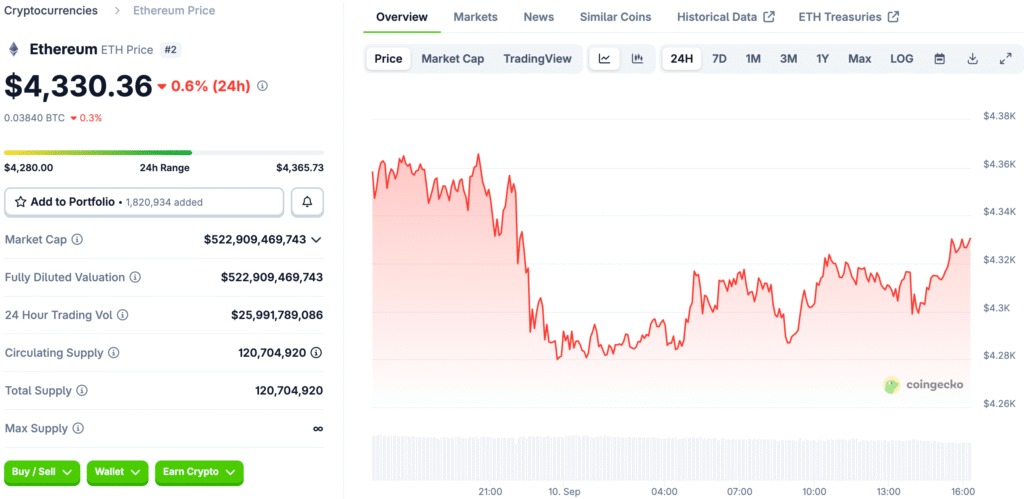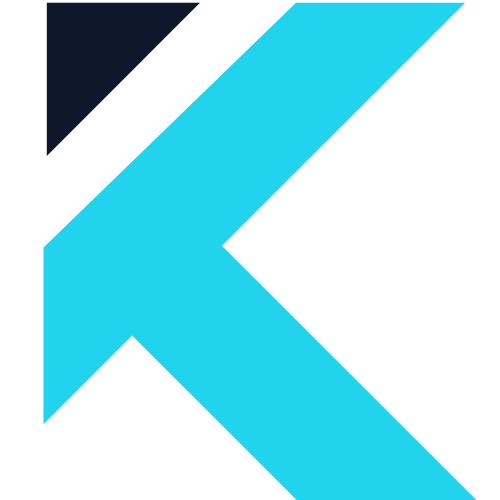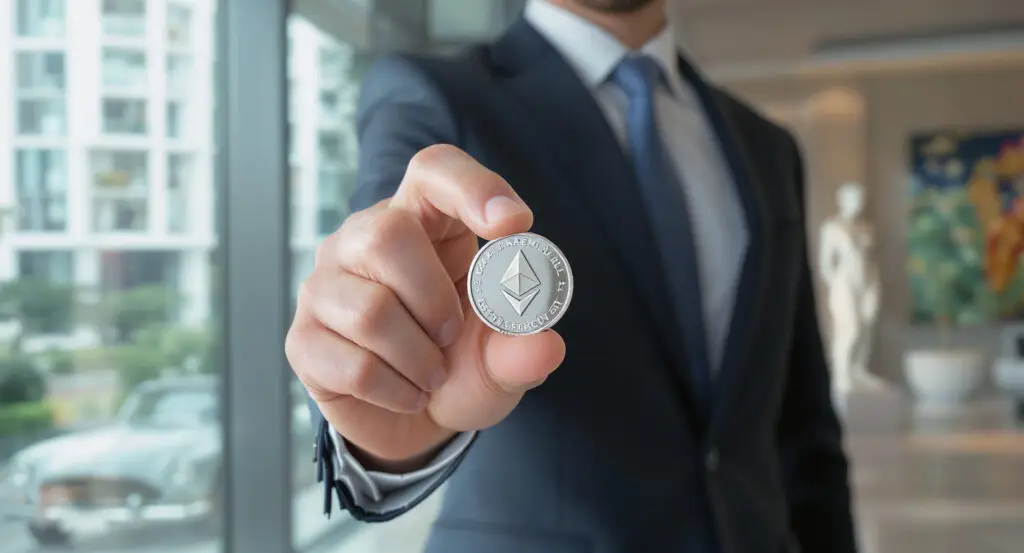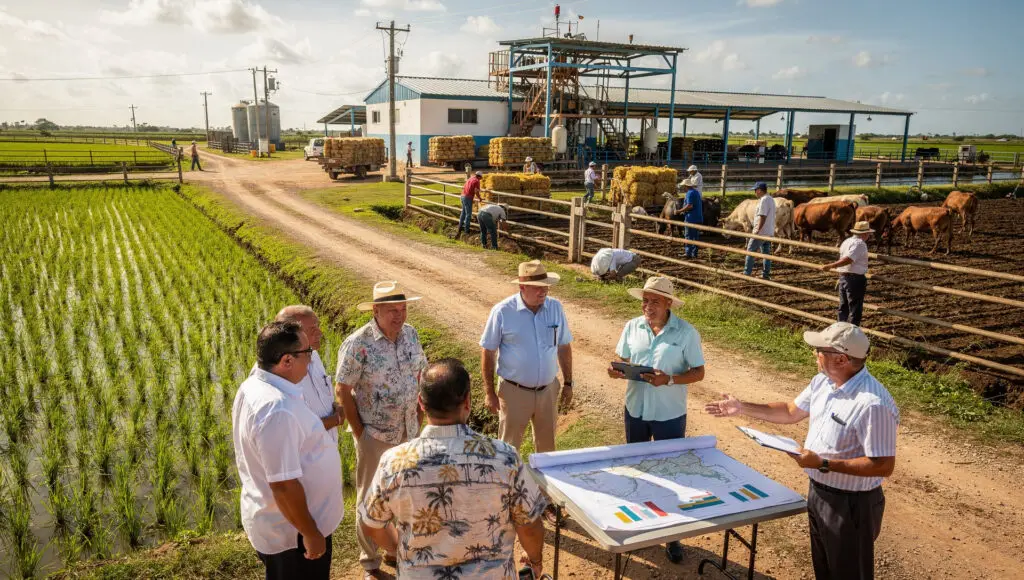Ethereum Leads Real-World Asset Market
Ethereum is currently the most important player in the real-world asset market, with 57% of all on-chain RWA value stored on its blockchain. When you add Ethereum’s layer-2 networks to the mix, this market share grows even more, making its global reach much bigger.
Institutions like Ethereum because it has strong liquidity benefits. When capital flows continuously, it encourages more use and strengthens a positive network cycle. Ryan Sean Adams said that liquidity was the most important factor in RWA leadership.

Stablecoins Make Ethereum Even More Powerful
Stablecoins make up 90% of tokenized real-world assets. They are the basis for the ecosystem’s growth and the adoption of these assets by institutions around the world. There are more than $160 billion worth of stablecoins on Ethereum, which shows that they are more stable and have more room to grow than any other type of cryptocurrency.
Last week, $5 billion worth of stablecoins were added, which shows that demand is still growing even though the market is unstable or there are other economic uncertainties. These inflows make Ethereum’s liquidity effect better than that of any other chain.
The Ethereum Virtual Machine’s Role Is Growing
When you add in Ethereum Virtual Machine-based networks like Polygon, Circle Arc, and others, Ethereum’s dominance goes through the roof. Ethereum’s combined network share for RWAs rises as high as 95% across tokenization sectors.
EVM compatibility makes it easy for issuers and developers to move assets between chains. This makes things more consistent, which lowers costs and increases the liquidity effects of stablecoins, treasuries, and commodities on Ethereum-compatible networks.
Recommended Article: Ethereum Price Faces Pressure With Downside Risk Toward 3550
Treasury Tokenization Is Getting More Popular
Ethereum has $5.2 billion in tokenized Treasurys right now, which is 70% of the total market share. Ethereum’s control in this sector grows to 86% when EVM networks are added.
BlackRock, Franklin Templeton, WisdomTree, and Ondo have all decided to use Ethereum to issue tokenized treasury assets. These choices show that businesses trust Ethereum’s infrastructure for long-term tokenization plans around the world.
Tokenized Gold Supply Doubles in 2025
Ethereum has taken over the commodity market, with $2.4 billion worth of tokenized gold moving around on its blockchain. This is an incredible 77% share, and when you add in Polygon’s layer-2 ecosystem, it goes up to 97%.
By 2025, the amount of tokenized gold had doubled, showing that more institutions and investors wanted to get exposure to digitalized commodities. Ethereum has become the main platform for tokenized commodity markets all over the world.
Tokenized Stocks Are Showing Promise Early
Tokenized stocks are still in their early stages, with $420 million worth recorded so far on Ethereum’s networks. Even though the value is low, big financial companies like Robinhood, eToro, and Coinbase are getting ready to enter.
These organizations are likely to add tokenized securities directly to Ethereum’s layer-2 networks. This makes Ethereum the first platform to offer equity tokenization on a global scale.
How Ethereum Will Become the Global Ledger
As Ethereum’s dominance grows, people are starting to wonder if ETH could become the world’s digital ledger asset. Ryan Sean Adams said that Ethereum’s momentum was a sure thing because it had unmatched liquidity and support from institutions.
ETH is a top-notch store of value because it is harder to censor than gold or Bitcoin and its supply grows more slowly over time. Digital treasuries have been getting ready for this change by buying up 4% of Ethereum’s total supply over the past five months.























